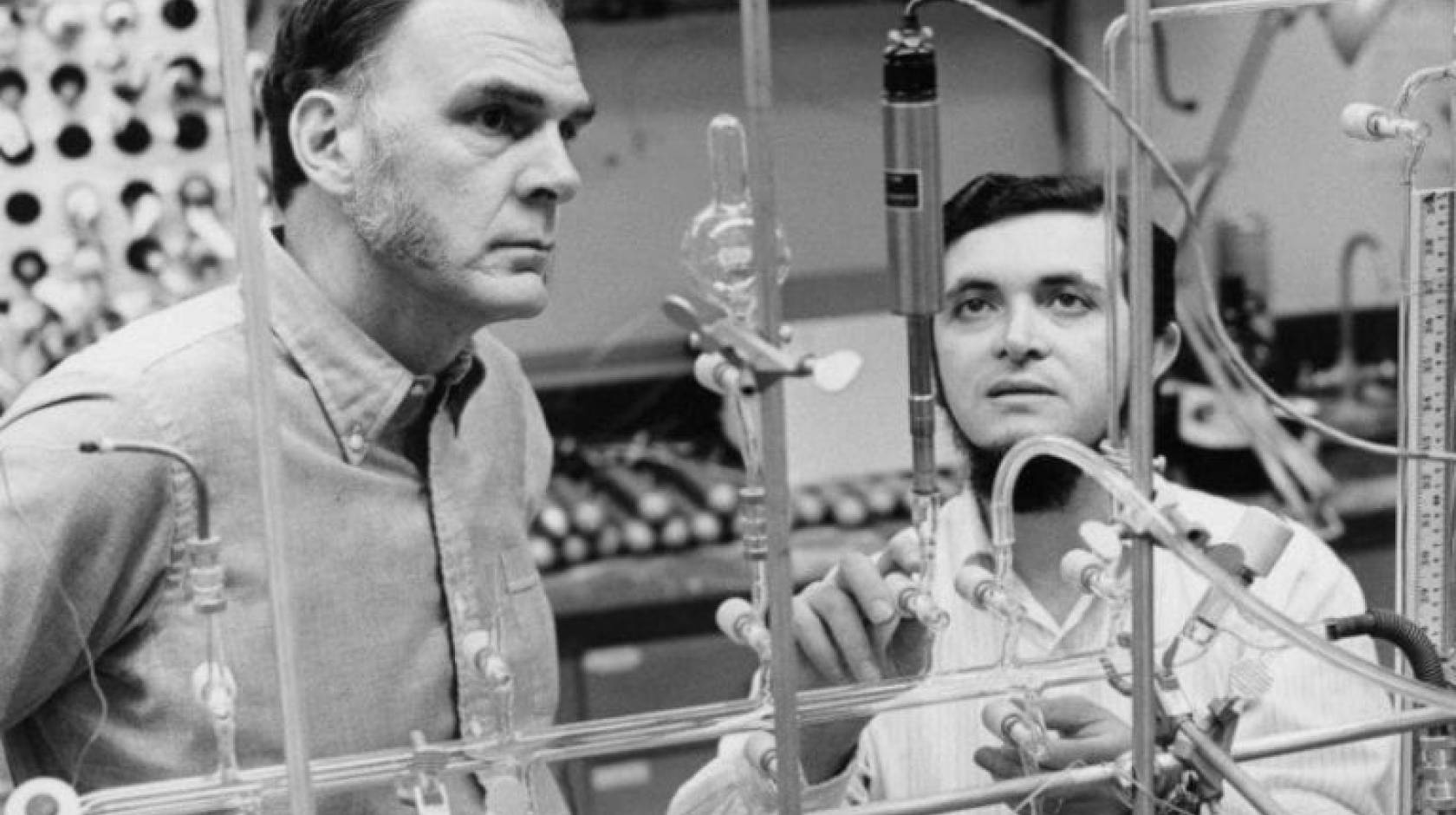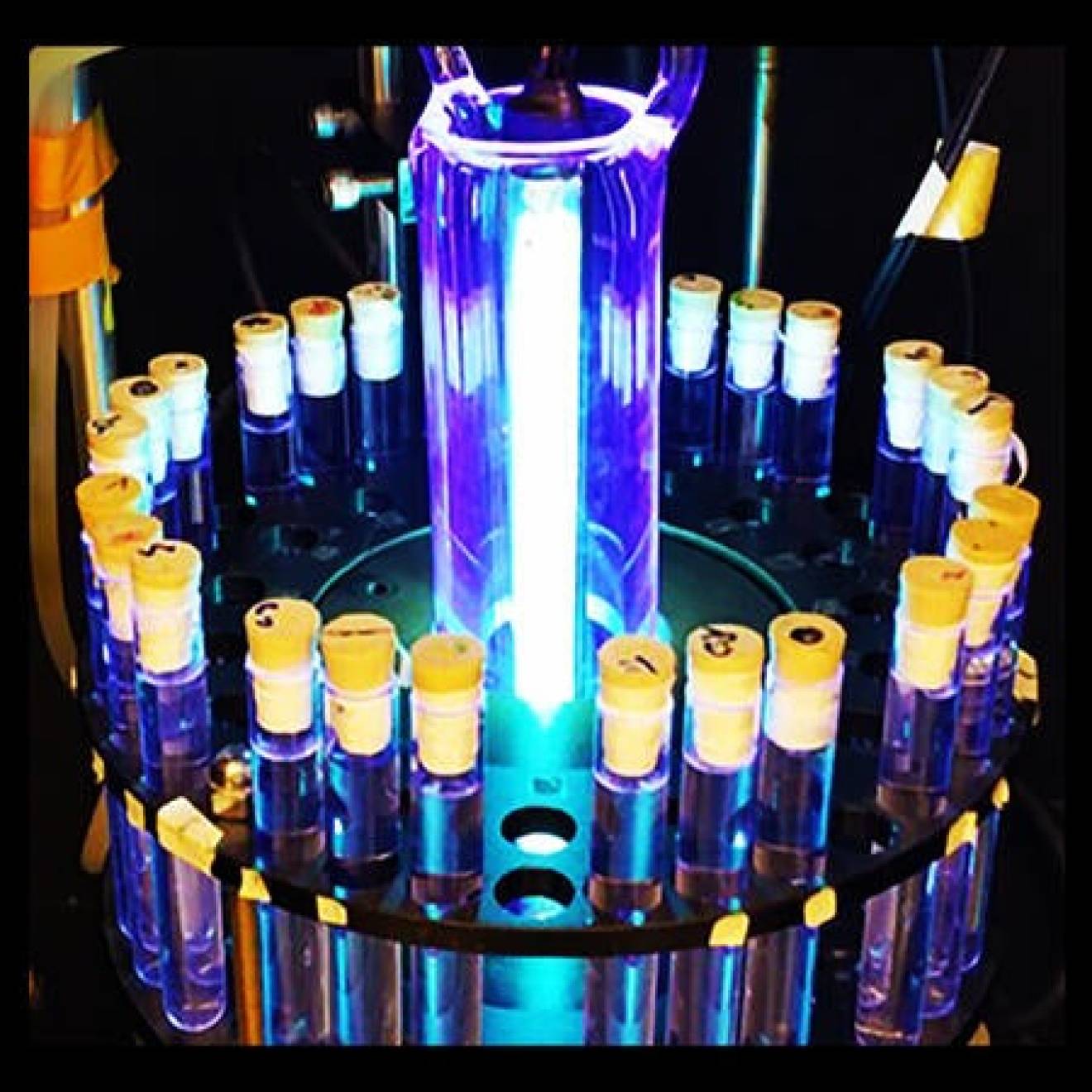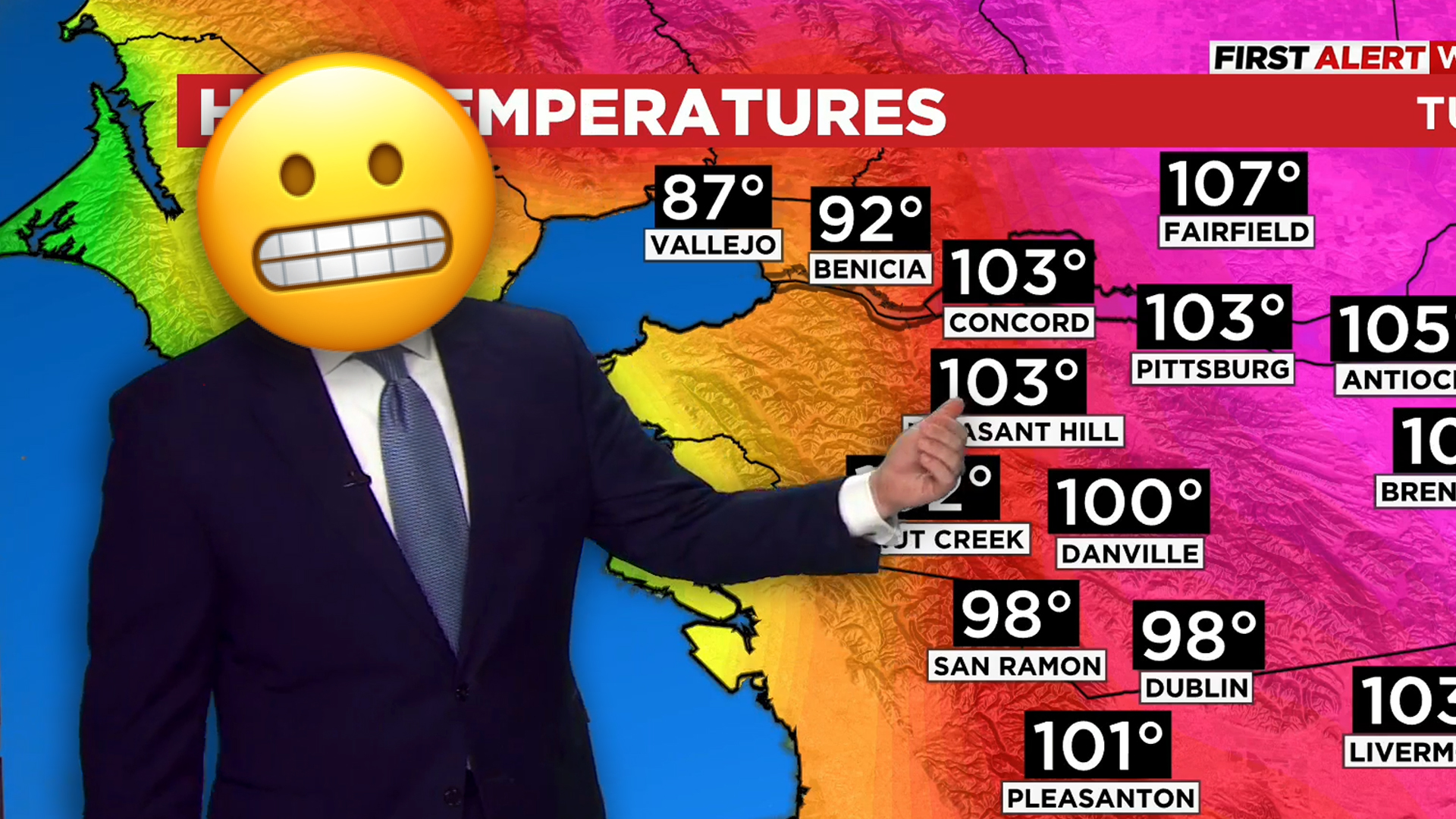On Jan. 9, a United Nations-backed panel of experts announced that Earth’s protective ozone layer is on track to recover within four decades, closing an ozone hole over the Antarctic that was first noticed in the 1980s.
But it was research conducted at the University of California, Irvine in the 1970s that made this good news possible.
Back then, chemistry professor F. Sherwood “Sherry” Rowland and postdoctoral student Mario Molina made a shocking discovery: A single chlorine atom byproduct from aerosol hairsprays, deodorants and other popular consumer products could chew up 100,000 ozone atoms in the stratosphere. The stratospheric ozone layer, 12 to 30 miles above Earth, protects life on the planet from harsh solar radiation.
“Mario and I realized this was not just a scientific question, but a potentially grave environmental problem involving substantial depletion of the stratospheric ozone layer,” Rowland said later. “Entire biological systems, including humans, would be at danger from ultraviolet rays.”
He and Molina published their findings in the peer-reviewed journal Nature in 1974, and their lives – and the world – would never be the same.
They decided they had to advocate for a ban on consumer products using chlorofluorocarbons that were earning billions of dollars annually. Industry representatives fought back: At one point, Aerosol Age, a trade journal, speculated that Rowland was a member of the Soviet Union’s KGB, out to destroy capitalism. Even some fellow scientists grumbled that he was going overboard with a hypothesis.
Rowland calmly stayed the course, working to convince everyone from Margaret Thatcher to Al Gore to reporters from hundreds of news outlets of what was at stake. Scientists doing similar research stuck by him, and consumers stopped using the sprays. One who believed him from Day One was his wife, Joan. When he told her the results of his and Molina’s calculations in 1974, she searched the house and threw out every spray can.
“Isn’t it a responsibility of scientists, if you believe that you have found something that can affect the environment, isn’t it your responsibility to actually do something about it, enough so that action actually takes place?” Rowland said. Photo courtesy of UC Irvine.
It took far longer for others to act – 13 years and the discovery by British scientists of a gaping hole in the ozone layer over the Antarctic before an international treaty was signed prohibiting sale of the harmful chemicals. Ratified by 196 nations, the Montreal Protocol is widely viewed as the single most successful worldwide environment agreement to date. Since the protocol was put into action, the production and use of ozone-depleting substances has been reduced by more than 95 percent.
“We really sort of stumbled onto a problem of global proportions. [Sherry’s] impact and his legacy are extraordinary,” said Molina in 2012. “He was a superb scientist, and he worked with a very important problem affecting society. He always persevered and kept his values; he always did it with honesty and with all the qualities a scientist should have. He’s a wonderful example of good scientific behavior, unlike some today, and he did not have any inclination to exaggerate or abuse the media.”
After the ozone war, Rowland and his team researched and publicized the risks of cook stove pollution over cities, the alarming build-up of methane and other greenhouse gases, and even hydrocarbons over the Gulf of Mexico.
And in 1995, Rowland and Molina received the ultimate acclaim, the Nobel Prize in chemistry, for their work on stratospheric ozone depletion.
“Is it enough for a scientist simply to publish a paper? Isn’t it a responsibility of scientists, if you believe that you have found something that can affect the environment, isn’t it your responsibility to actually do something about it, enough so that action actually takes place?” Rowland said at a White House climate change roundtable in 1997. “If not us, who? If not now, when?”
Rowland came to UCI in 1964 as the first chair of the Department of Chemistry. He served as the Donald Bren Professor of Chemistry and Earth System Science until his death in 2012. Molina, who went on to join the UC San Diego faculty and head an environmental center in Mexico City, died in 2020. But their contributions to science and the environment will live forever.
If you want to learn more about supporting this or other activities at UCI, please visit the Brilliant Future website at https://brilliantfuture.uci.edu. Publicly launched on Oct. 4, 2019, the Brilliant Future campaign aims to raise awareness and support for UCI. By engaging 75,000 alumni and garnering $2 billion in philanthropic investment, UCI seeks to reach new heights of excellence in student success, health and wellness, research and more. The School of Physical Sciences plays a vital role in the success of the campaign. Learn more by visiting https://brilliantfuture.uci.edu/uci-school-of-physical-sciences/.


